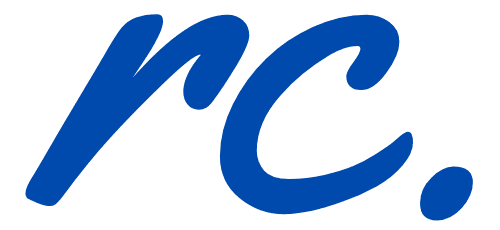W3 Total Cache is one of the world's most renown cache plugin for WordPress and you are probably finding the best setup guide for WordPress W3 Total Cache right? Before that, let's see what W3 Total …
Continue Reading about Guide For Dummies: How To Setup Your WordPress W3 Total Cache Correctly? →




